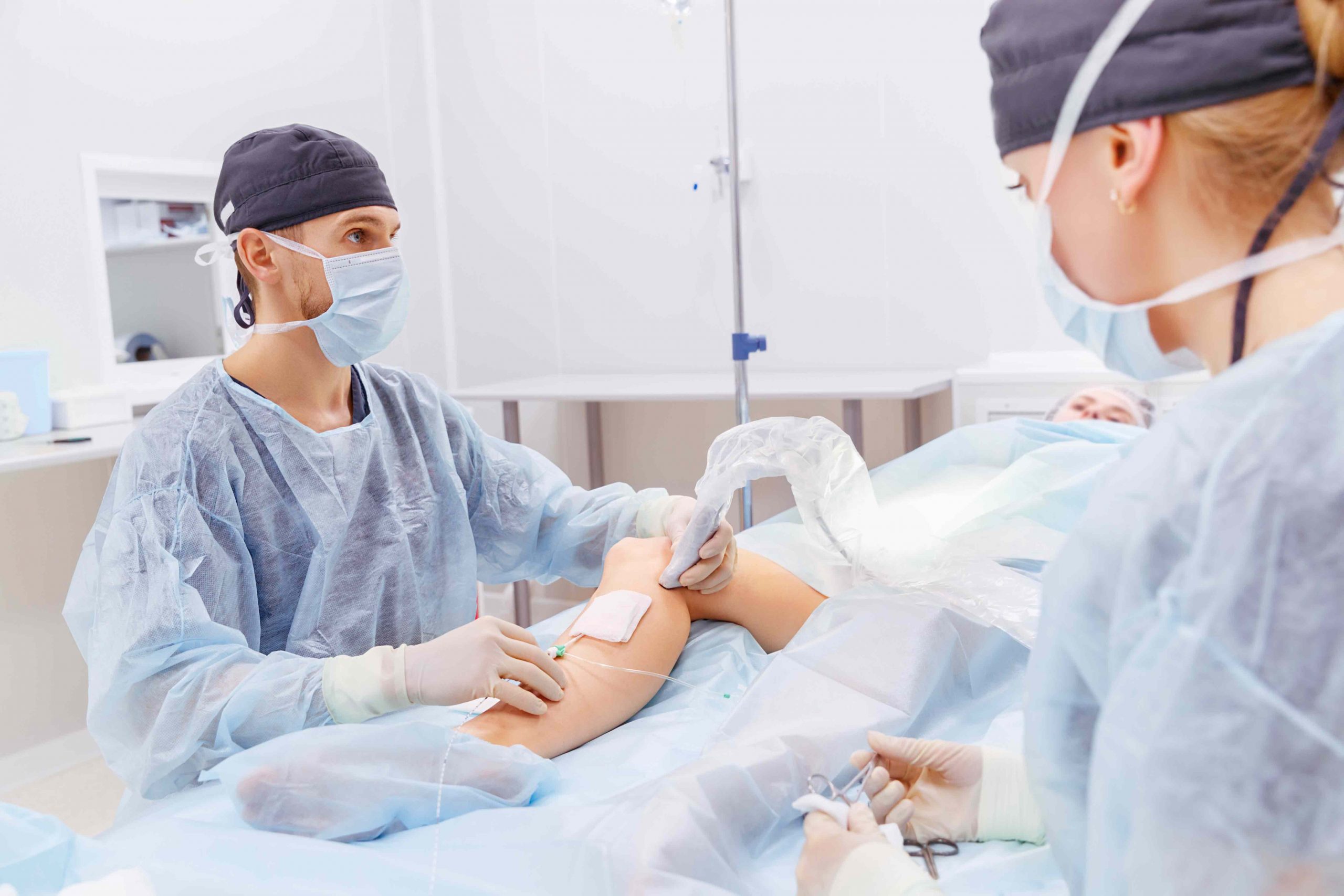Vascular health is essential for general well-being, and recognizing common vascular issues is critical for early diagnosis and effective management. Recognizing symptoms, risk factors and accessible treatments is critical for both patients and healthcare providers. In addition to recognizing these diseases, a vascular surgeon conducts procedures discussed in this article to address specific vascular difficulties. This article investigates these factors to provide individuals with knowledge about vascular health and potential solutions.
Common Vascular Problems:
1.Atherosclerosis:
Atherosclerosis, a significant cause of heart attacks, thickens arteries due to plaque formation. It reduces blood flow, causing issues such as chest pain (angina), heart attacks, and strokes. Risk factors include excessive cholesterol, smoking, and hypertension. Fortunately, vascular specialists may easily manage this disease with drugs, lifestyle adjustments, and, if necessary, procedures such as angioplasty.
2. Chronic Venous Insufficiency (CVI):
CVI affects leg veins, causing symptoms like edema, discomfort, and skin changes due to compromised valves. Varicose ulcers, a serious consequence, may develop. Treatment for CVI includes compression therapy, lifestyle adjustments (such as exercise and leg elevation), and, in extreme cases, minimally invasive procedures or surgery. Early detection is critical for optimal therapy and preventing complications.
3. Varicose Ulcers and Veins:
Varicose ulcers are open sores produced by defective veins that frequently appear in the legs. Varicose ulcers are easily treatable with adequate care and intervention from a vascular specialist. A timely diagnosis is critical for managing wound healing and resolving the underlying vascular problem. Lifestyle changes, compression stockings, and minimally invasive procedures are common treatments for varicose veins.
4. Aneurysms:
Aneurysms are caused by weakening blood vessel walls, resulting in irregular bulging. If burst, they can result in serious bleeding. Early detection is crucial for intervening before the rupture. Age, smoking, and having a family history are all risk factors. Surgical or endovascular techniques are frequently required for rapid treatment to avoid catastrophic outcomes. Individuals who are at risk must undergo regular screening and make lifestyle modifications.
5. Arteriovenous Malformation (AVM):
AVM is an improper junction of arteries and veins that affects the brain and spine. Early detection and medical attention are essential for treating symptoms like seizures and avoiding complications like intestinal bleeding. AVM, which is considered a traffic jam in blood vessels, necessitates immediate treatment, which frequently includes embolization or surgery. Genetic factors may have a role in the development of AVMs.
6. Deep Vein Thrombosis (DVT):
DVT causes blood clots in deep leg veins, increasing the risk of a deadly pulmonary embolism. Recognizing symptoms such as leg swelling and soreness is critical. Seeking timely medical attention can help you avoid complications. DVT is a blockage in blood flow in the legs, stressing the significance of early management. Long periods of immobilization, surgery, and certain medical problems are all considered risk factors. Blood thinners and compression stockings are standard therapies for DVT.
Some common vascular surgeries are:
- Angioplasty: Angioplasty is a critical treatment for treating restricted or clogged blood arteries that uses a catheter and a balloon to increase blood flow. While rapid and effective, it carries dangers such as bleeding and infection, emphasizing the importance of consulting with the top vascular expert in Delhi to ensure a safe conclusion. Although angioplasty provides immediate relief, it is not a stand-alone treatment; lifestyle adjustments are required to reduce future consequences. Consulting a vascular expert guarantees a complete approach that combines medical interventions with essential lifestyle changes for the best long-term results.
- Thrombolytic therapy: When blood clots form within blood vessels and pose a risk to the heart, lungs, or brain, thrombolytic therapy is required. This therapy tries to dissolve these problematic clots and can be administered in two ways: catheter-directed thrombolysis, which provides a more targeted remedy for specific blood clots, and systemic thrombolysis, which is a more comprehensive treatment that targets clots throughout the body. Understanding and implementing the optimal type of thrombolytic therapy is crucial for avoiding difficulties caused by aberrant blood clot development.
- Aneurysm repair (open surgery or endovascular aneurysm repair – EVAR): Aneurysms are weakened and bulging patches in blood artery walls that are prone to rupture. Depending on the location and extent of the aneurysm, surgical intervention may be necessary. During open surgery, the damaged part of the blood vessel is removed and replaced with a graft. Endovascular aneurysm repair (EVAR) is a less invasive technique that involves inserting a stent graft through small incisions to strengthen the weaker area and redirect blood flow, lowering the risk of rupture.
- Varicose Vein Treatment (Endovenous Ablation, Sclerotherapy): Varicose veins are swollen, twisted veins that typically occur in the legs and can cause discomfort or aesthetic issues. Endovenous ablation is a minimally invasive treatment in which a catheter is placed into the afflicted vein and either laser or radiofrequency energy is used to close it, redirecting blood flow to healthy veins. Sclerotherapy involves injecting a solution directly into the varicose vein, causing it to collapse and finally disappear. Both operations are intended to reduce symptoms and enhance the look of varicose veins.
- Bypass surgery: it is also known as vascular bypass or grafting, is a procedure that redirects blood flow around a blocked or constricted artery. This operation is often used to treat peripheral arterial disease (PAD) and involves inserting a graft (typically a vein from the patient’s leg or a synthetic tube) to provide a new conduit for blood to bypass the clogged artery. Bypass surgery increases blood flow to the affected area, alleviating symptoms like discomfort and enhancing overall vascular health.
To navigate the complexity of vascular health, awareness, and preventive steps are essential. Understanding symptoms and risk factors allows for early detection and intervention in a variety of vascular issues, including atherosclerosis and CVI, as well as more complex conditions like AVM and DVT. Furthermore, researching for a vascular surgeon in specific areas like vascular surgeon Gurgaon can give you insights into various vascular operations revealing cutting-edge medical treatments. While medicinal procedures provide immediate relief, including lifestyle adjustments is critical for long-term cardiovascular health. Consulting with vascular professionals, such as a vascular surgeon, and taking a holistic approach provide a comprehensive strategy for controlling vascular diseases and boosting overall well-being.




